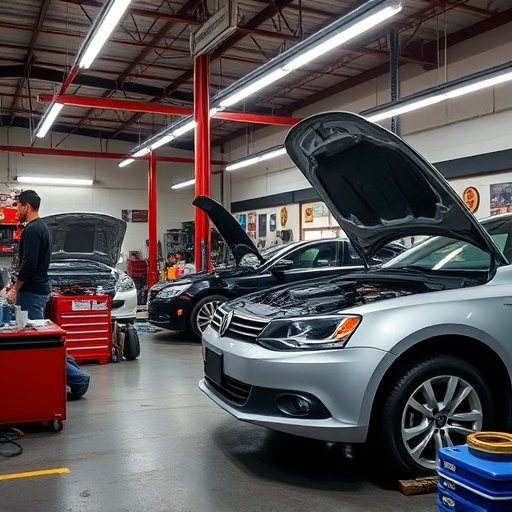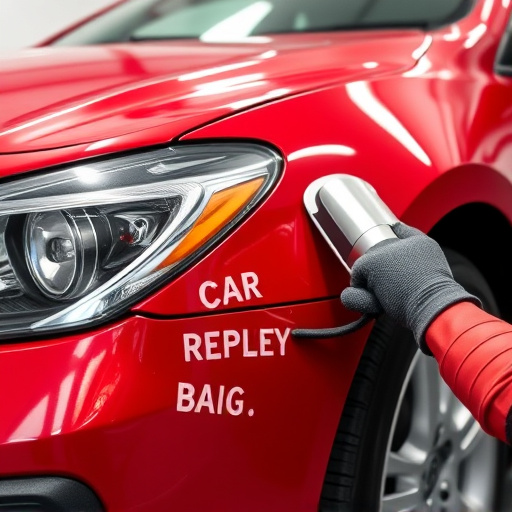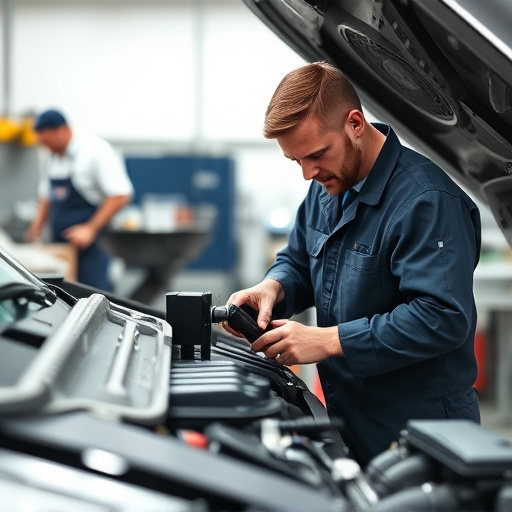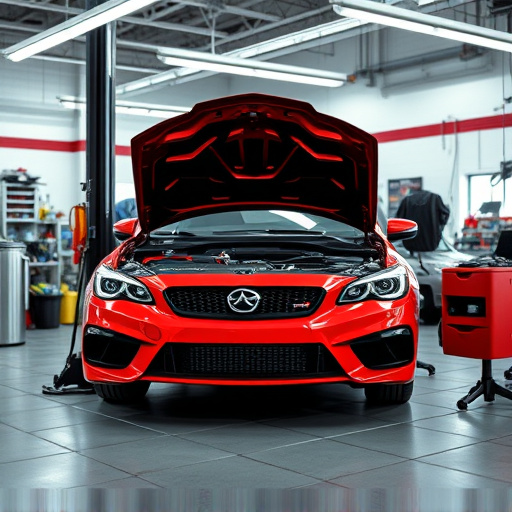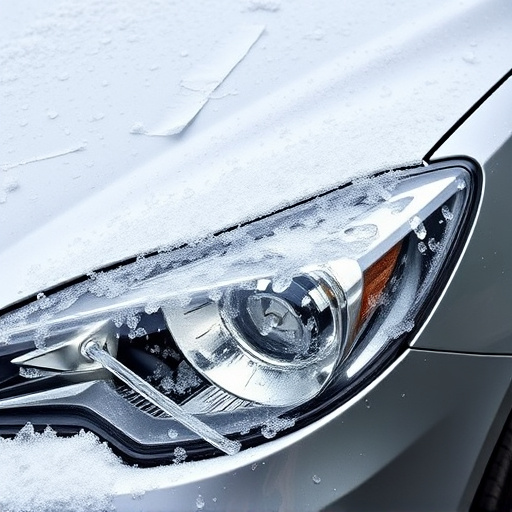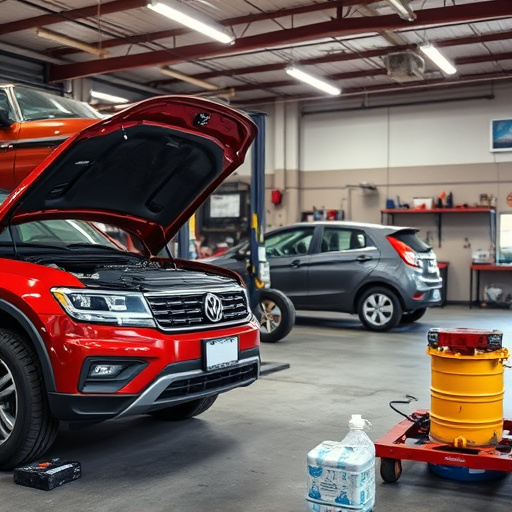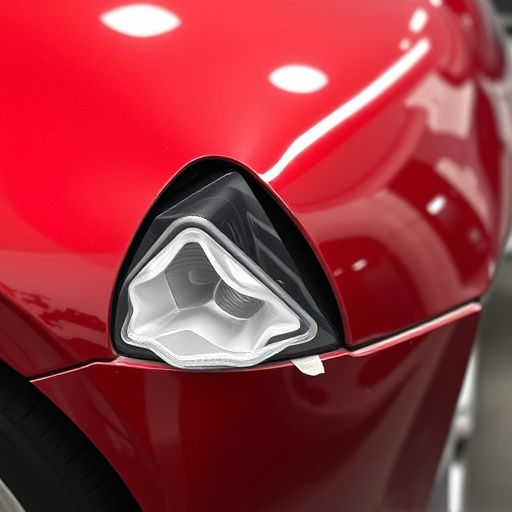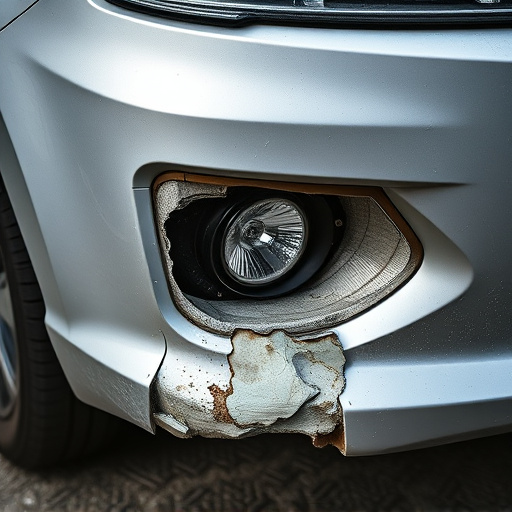Understanding MIG, TIG, and Spot welding techniques is crucial when investing in advanced welding equipment. Each method offers unique benefits: MIG for speed and versatility, TIG for precision, and Spot Welding for quick, consistent joints. Choose based on project needs like material type, geometry complexity, and desired production volume.
“Unsure which advanced welding equipment to choose? MIG, TIG, or Spot welding? This guide breaks down each technique’s unique strengths and weaknesses. From understanding the fundamentals to selecting the right tools, you’ll learn how to make an informed decision based on your specific welding needs. Discover the ideal advanced welding equipment for precision, efficiency, and top-quality results.”
- Understanding MIG, TIG, and Spot Welding Techniques
- Advantages and Disadvantages of Each Method
- Selecting the Right Advanced Welding Equipment for Your Needs
Understanding MIG, TIG, and Spot Welding Techniques
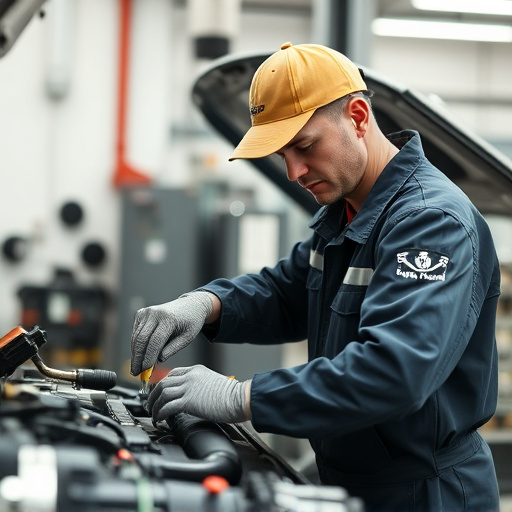
Welding is a versatile technique with various applications across industries, and selecting the right method depends on the specific project at hand. MIG (Metal Inert Gas), TIG (Tungsten Inert Gas), and Spot welding are three distinct techniques, each offering unique advantages for different types of advanced welding equipment. Understanding these processes is key to making an informed decision when choosing your tools for tasks like car dent removal, automotive body work, or even auto painting projects.
MIG welding, popular in industrial settings, uses a continuous wire feed to create strong and efficient welds. It’s ideal for thick materials and rapid applications, making it a go-to for large-scale projects. TIG welding, on the other hand, allows for greater control and precision, making it suitable for intricate designs and thinner metals, as often required in automotive body work. Spot welding is perfect for smaller, precise joints and is commonly used in assembly lines for its speed and consistency, especially when dealing with complex auto painting processes.
Advantages and Disadvantages of Each Method
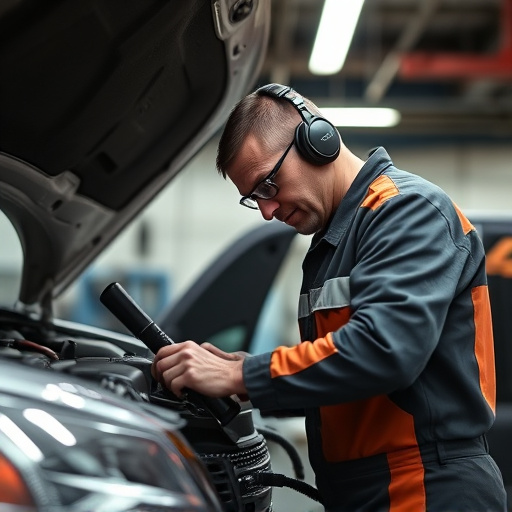
When considering advanced welding equipment for tasks that range from automotive repairs like hail damage repair and car dent repair to more intricate auto body repair, understanding the unique advantages and disadvantages of each method is crucial.
MIG (Metal Inert Gas) Welding: Known for its versatility, MIG welding is a popular choice among professionals. Its advantage lies in its speed and ease of use, making it suitable for various materials and applications. However, it may not be as precise as other methods, leading to potential issues with heat input control, especially when dealing with thin materials or intricate designs.
TIG (Tungsten Inert Gas) Welding: TIG welding offers exceptional precision and control, allowing for clean, accurate welds. It’s ideal for delicate work like artistic metal fabrication or fine auto body repair. However, its slow speed and the need for a skilled operator can make it less appealing for high-volume production environments.
Spot Welding: This method is highly efficient for joining multiple pieces of metal quickly in specific spots, making it perfect for manufacturing processes that require precise spot welds. While effective, spot welding may not be suitable for complex geometries or materials that aren’t easily clamped due to its reliance on pressure and heat.
Selecting the Right Advanced Welding Equipment for Your Needs
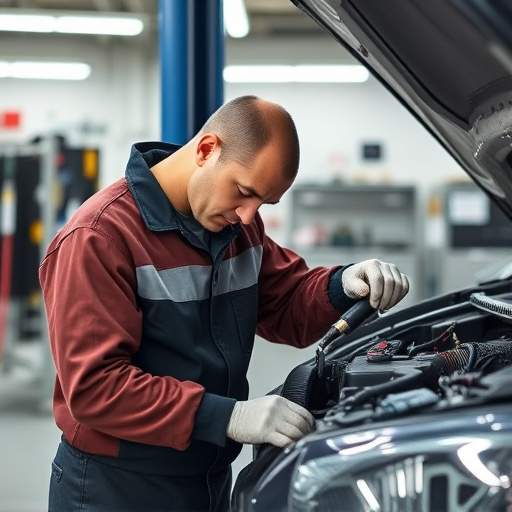
When it comes to selecting the right advanced welding equipment for your needs, understanding the nuances of each process is key. MIG (Metal Inert Gas) welding offers a versatile and efficient option, ideal for various applications including bumper repair and car bodywork services. Its continuous wire feed allows for quick, precise welds, making it a favorite among automotive repair services that demand speed and accuracy.
TIG (Tungsten Inert Gas) welding, on the other hand, provides unparalleled control and precision, allowing for intricate and delicate welds. This process is particularly suited for specialized tasks that require meticulous attention to detail, such as fine metal art or precise assembly work in automotive repair services. For less complex tasks or projects focused on speed, MIG might be the better choice. Choosing the right equipment depends on your specific requirements, whether it’s for bumper repair, car bodywork services, or other automotive repair needs.
When selecting advanced welding equipment, understanding the unique advantages and disadvantages of MIG, TIG, and spot welding techniques is key. Each method offers distinct benefits tailored to specific applications, from high-speed production with MIG to precise control with TIG. By evaluating your project requirements, including material type, joint design, and desired finish, you can make an informed decision. Investing in the right advanced welding equipment will not only enhance your workshop capabilities but also ensure superior weld quality and efficiency for years to come.



